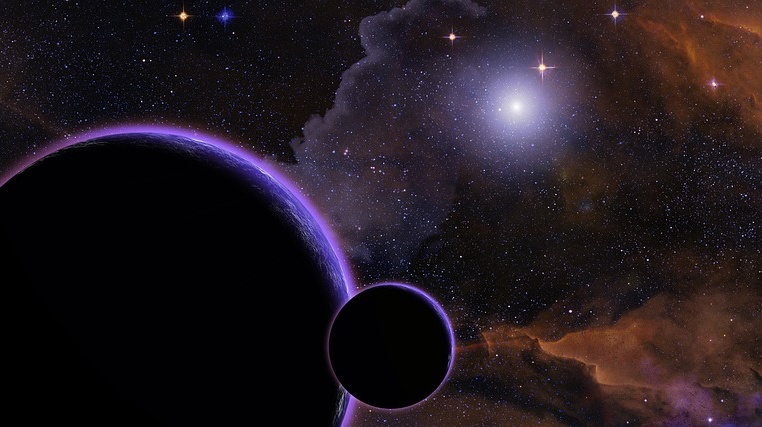
The two new discoveries in one week is a unique Hungarian record.Continue reading

Krisztián Sárneczky, a researcher at HUN-REN Center for Astronomy and Earth Sciences, who was elected as a new honorary member of the International Astronomical Union in August, has recently discovered new near-Earth minor planets, the Hungarian Research Network announced.
Fifteen new Honorary Members were elected by the International Astronomical Union (IAU) in August, with the second Hungarian to join the IAU, after astronomer Attila Mizser. The new Hungarian member, Krisztián Sárneczky has recently made outstanding contributions to planetary protection.
In the last two years the Hungarian astronomer has discovered three near-Earth minor planets just before they entered the atmosphere, which is a world first.
In July this year, he discovered two new comets within a week, and a few days ago, he discovered several previously unknown near-Earth minor planets with the telescope of the Piszkéstető Station.
Knowing which planets are passing close to Earth is crucial, as any one of them could pose a threat to humanity. Three of the more than 220 near-Earth minor planets discovered in recent years from Piszkéstető reached the Earth’s atmosphere within hours of being detected, but fortunately only small pieces of debris reached the surface.
So far we know of only eight of these, three of which were found in Hungary, the others were detected by colleagues in NASA-sponsored programs,”
stressed Krisztián Sárneczky.
The astronomer has been detecting comets and minor planets with the telescope of the Piszkéstető Station in the Mátra Mountains since 1962. He recalled that the instrument has undergone several major modifications since then: the entire motor system has been replaced, the field of view of the telescope has been increased by ten times and images are now digitally recorded. Currently, a 116 megapixel detector is the telescope’s eye, collecting the incoming photons.

The Piszkéstető Station, operating the largest telescope in Hungary, is located in the Mátra Mountains, northern Hungary. Photo: Wikipedia
The search for minor planets is not only helped by ever-improving telescopes, but also by artificial intelligence-based algorithms at the station. This project is currently still in the testing phase, but HUN-REN researchers have high hopes for it, as these AI-based programs can filter out minor planets much more accurately and much faster than their previous software.
Via MTI, Featured image: Pixabay (illustration)